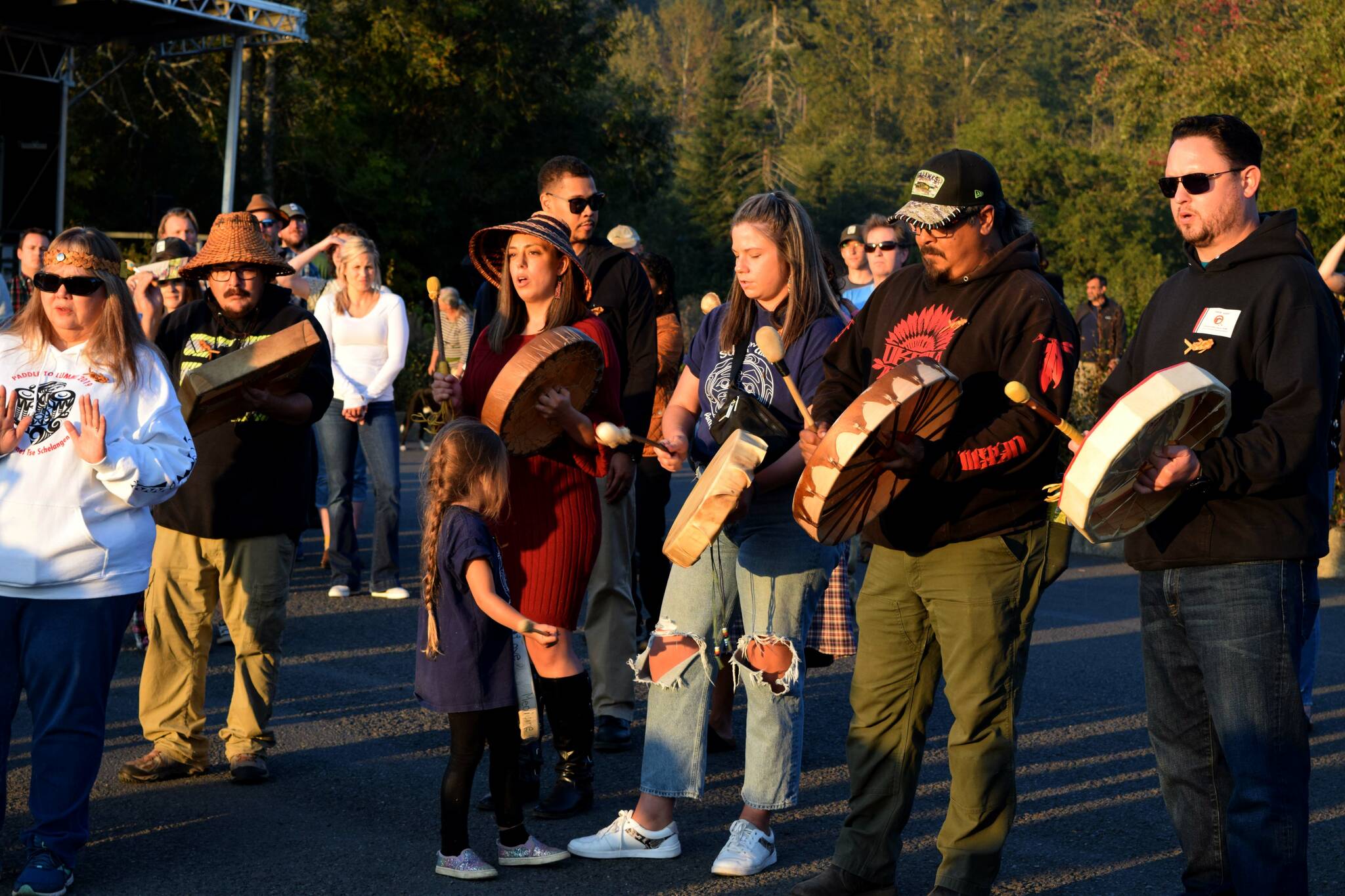After five years of Lake Sammamish kokanee salmon teetering on the brink of extinction, last year saw some of their strongest returns in recent history, marking what could be a promising resurgence.
Over 2,000 kokanee were counted returning to spawn at the tributaries along Lake Sammamish last year, a huge improvement compared to returns over the last half-decade that struggled to even reach triple digits.
Kokanee is a genetically unique species of sockeye. Unlike most salmon, kokanee spend their entire lives landlocked in the freshwater of Lake Sammamish, only leaving to spawn at the lake’s adjacent tributaries.
Until this year, returns hadn’t been over 300 fish since the 2015-2016 salmon season. That timespan includes annual returns as low as 82 and 19.
“It was five years in a row and it was everyone just scratching their heads,” said Perry Falcone, a restoration recovery program manager with the Kokanee Work Group, a coalition working to restore kokanee populations. “Having one big year is great and very encouraging.”
While the returns are heading in the right direction, kokanee are not out of the woods quite yet. The majority of the fish that returned this year were natural, non-hatchery fish, Falcone said, and they’re still trying to figure out what exactly contributed to those successful returns.
“We need a few more years before we can say we’re making an improvement,” he said. “But last year was great and I think it means we need to keep doing what we’re doing.”
Still, after dwindling numbers over the last five years, there was finally a reason to celebrate.
Alongside the Kokanee Work Group, the Snoqualmie Tribe hosted local leaders at Lake Sammamish State Park on Oct. 12 to ceremoniously release a school of kokanee fry. It is part of more than 14,200 kokanee that will be released by the work group and its partners this year. At the ceremony, tribal members blessed the box of fish before playing a song as a boat carrying the fish launched.
Kokanee remain culturally significant to the Tribe. During the early 1900s, they provided a critical year-round food source for tribal members, who were denied a promised reservation by the U.S. government. Kokanee allowed them to stay on their ancestral lands by homesteading along the shores of Lake Sammamish.
“Gathering on days like this, on this beautiful evening, is one small step in honoring the kokanee and caring for the communities connected by this little red fish,” said Snoqualmie Tribal Councilmember Jolene Williams.
“The Snoqualmie Tribe and these kokanee have been here since time immemorial,” she said. “It is going to take everyone working together to continue caring for the kokanee.”
King County Executive Dow Constantine, who four years ago announced that the county would implement strategies suggested by the work group, said he will continue to fight for improvements.
“We took extraordinary actions to bring this species back from the brink,” he said. “It is still too soon to declare victory.”
Over the last five years, the Kokanee Work Group has introduced several high effort strategies to save the kokanee, which are beginning to bear fruit.
Earlier this year, 12,000 Lake Sammamish kokanee offspring — raised at a hatchery on Orcas Island to protect them from potentially dangerous summer conditions — returned to King County and were among the fish released by the Tribe.
A culvert at Zackuse Creek, a tributary to Lake Sammamish, last year also saw kokanee return to the waterway for the first time in 40 years. Officials are hopeful slated improvements at George Davis and Lewis Creeks could produce similar results.
The workgroup also will continue to work on other challenges, including artificial light, predation of non-native species and combating diseases.
“All of this work would not be possible without the Kokanee Work Group,” said David Kyle, a kokanee project manager for nonprofit Trout Unlimited. “I appreciate your support, we need it.”


